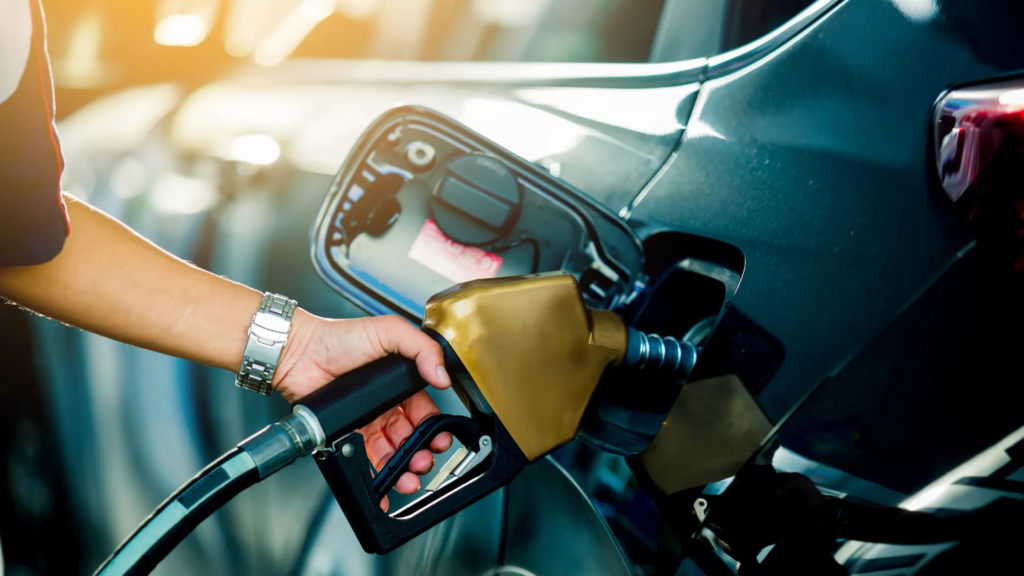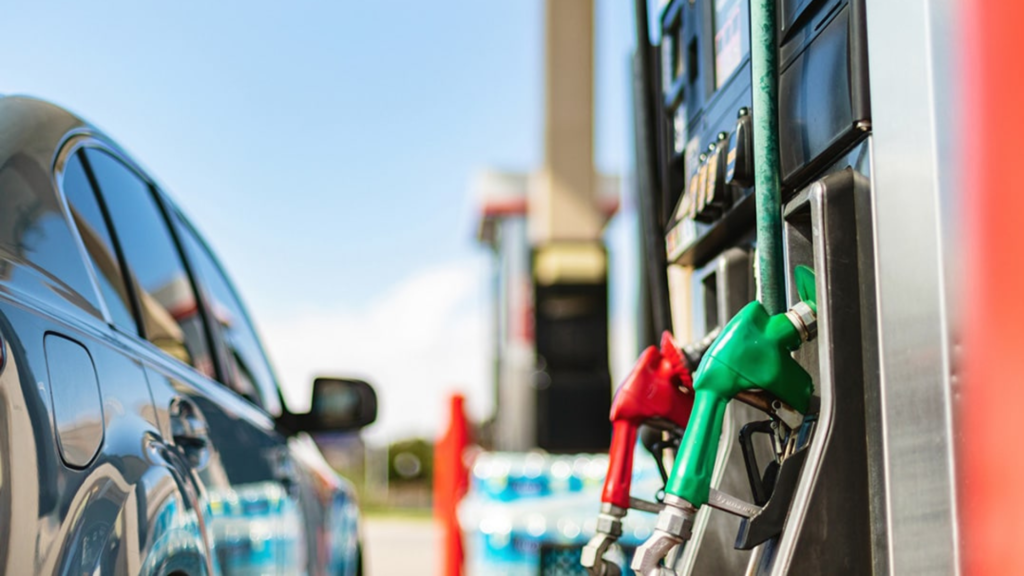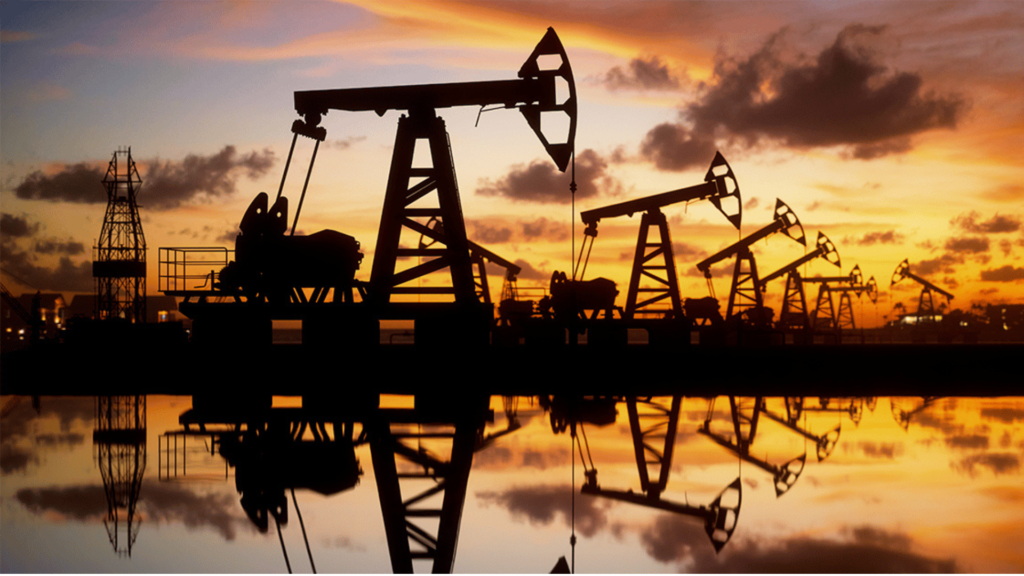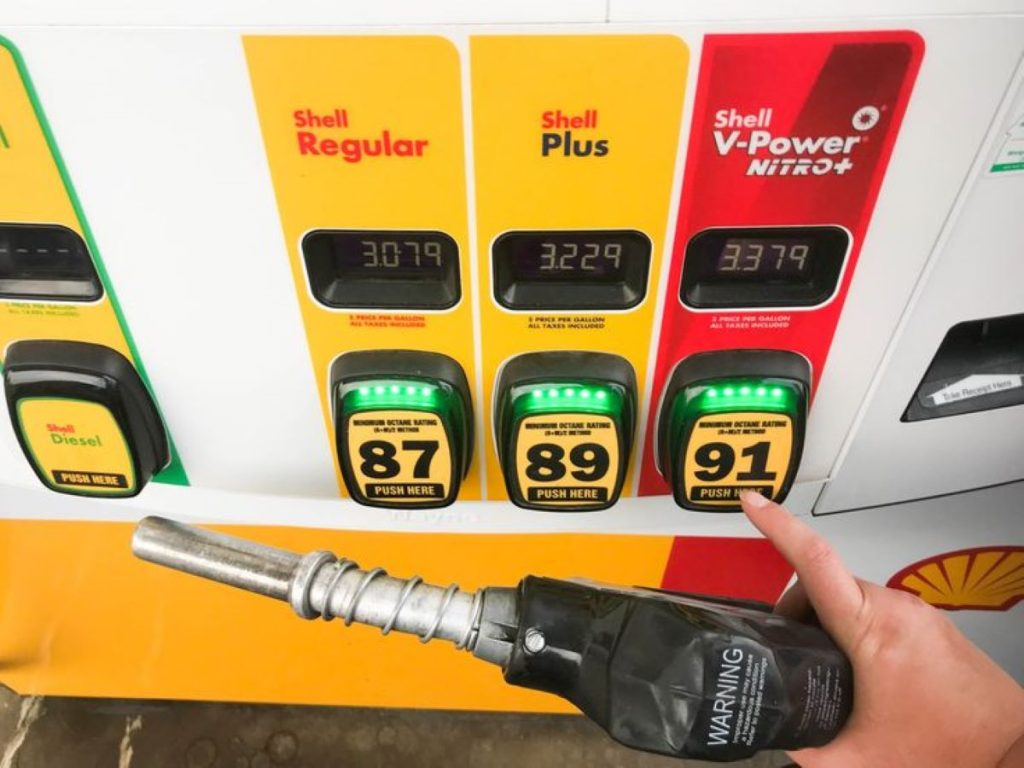Gas prices in the United States have dropped to their lowest since January 2024, providing much-needed relief to many consumers strained by the rising cost of living. According to AAA, the national average price for a gallon of regular gas was $3.084 from Friday, November 15, 2024, to the end of the week. Due to a combination of factors, including increased supply and reduced demand, the national average for a gallon of regular gas has been falling in the past several weeks.
As this downward trend has unfolded, there has been debate about its economic implications and the impact of energy policies under the current and previous administrations. However, what are the political implications of the price decline, and how does this differ in states such as Hawaii, Oklahoma, Maryland, Virginia, Delaware, and Washington, D.C.?
National Gas Price Trends
National gas prices have been declining continuously across the country since late summer. They have reached their lowest level in the past 11 months, with regular gas available at $3.084.
According to recent Energy Information Administration (EIA) data, the price decrease has been due to more stable crude oil prices and better refining capacity. The trend has been further supported by the fact that the number of Americans who travel long distances by car decreases during the winter.

While this development may be favorable to consumers, industry experts noted that external factors such as geopolitical tensions and moving crude oil prices could still affect natural gas prices in the future.
ALSO READ: Americans React to White House’s Response to Soaring Gas Prices
Political Implications of Gas Prices
Gas prices are always sensitive issues that can influence public opinion on how a country’s economy is being managed, making them a hot topic for political debates. For the last few years, President Joe Biden has had to deal with high gas prices throughout most of his presidency.
Indeed, the Biden Administration has been openly advocating for lowering the cost of gas through strategic methods like releasing reserves from the Strategic Petroleum Reserve (SPR) and promoting domestic energy production.
Then, earlier this year, gas prices started to decline. But even with this sequence of declines at the pumps, the price of gasoline is still higher today than it was in the last months and days of President-elect Donald Trump’s first term. Though gas prices are still volatile across the country, it is uncertain what they will be under another Trump administration.
The current price decline has again raised questions about which policies in the past and current administration are most appropriate for affording the transition to cleaner options such as gasoline-electric hybrids.
State-by-State Breakdown of Gas Prices
Gas prices vary across the country due to differences in taxes, distribution costs, and regional supply chains. Here’s a breakdown of how prices are rising and changing in major states:
1. Hawaii
Despite the national decline, Hawaii gas prices are still among the highest in the country, with the cost pegged at $4.572 per gallon. High transportation costs and the state’s dependence on imported oil are reasons its prices are above the national average and continue to rise.
POLL—Is Climate Change a Major Threat That Requires Immediate Policy Action?
2. Oklahoma
On the other hand, Oklahoma gas prices are some of the lowest in the country, at $2.592 per gallon. This is because the state is located close to major oil reserves and refining facilities, making Oklahoma one of the exceptions in the overall trend of gasoline prices.

3. Maryland
The average price for a gallon of regular gasoline in Maryland is $3.167. Prices have been declining for the past month, with only a couple of spikes.
4. Virginia
For the past week, Virginia gas prices have been fluctuating around $3 per gallon. On Friday, the average price of a gallon of regular gas in the state was $3.015, up from $3.012 on Thursday. However, lower distribution costs and decreased demand locally have contributed to the decline in prices.
4. Delaware
Delaware gas prices increased to $3.068 per gallon, more than $3 per gallon. But even with the recent rise, gasoline prices in Delaware are still lower today than a month ago when a gallon of regular gasoline was selling at $3.188. The state is small and has a good network of fuel distribution, which is why the prices are relatively low.
5. Washington, D.C.
Washington, D.C. gas prices increased on Friday morning with an average price of $3.259 per gallon of regular gasoline, up from the $3.256 per gallon on Thursday. The gas price increase in this state is like in every other area in the Delmarva region, and this is because of extra taxes and operating costs of urban places.
ALSO READ: Here’s Why Gas Prices Have Spiked Again
Regional Analysis of Gas Prices
The analysis of gas prices by region is quite interesting. The Midwest states, such as Oklahoma and Missouri, are some of the cheapest due to their closeness to oil-bearing areas. The Gulf Coast also enjoys local refining capacity and transportation advantage. On the West Coast, though, prices are higher because of the strict environmental standards and transport costs.
Likewise, the Northeast has slightly higher prices because it has to import gasoline and has a less efficient distribution system. The states in the Southeast region, such as Maryland, Virginia, and Delaware, have also recorded a decline in the prices of their electricity, similar to the rest of the country. These states have benefited from enhanced regional refining and transport efficiencies.

The current decline in the price of gas offers temporary relief to consumers but also reminds them of the volatility of the global energy market. As geopolitical tensions, disruptions of the supply chain, and environmental considerations continue to shape the landscape, the cost of gas will likely remain a sensitive issue throughout the coming years. But for now, drivers across states such as Hawaii, Oklahoma, Maryland, Virginia, Delaware, and Washington, D.C., can enjoy the relief of paying less at the pump.
As we move towards a more sustainable future, the lessons learned from the fluctuations in gasoline prices will surely be vital in developing the next stage of energy policy and innovation in the United States.
You Might Also Like:
Chris Martin and Gwyneth Paltrow’s Son Flaunts Singing Talent at Concert
Dwayne Johnson Opens Up on the Empowering Message Moana 2 Sends to Young Girls
7 Ways Starbucks CEO Plans to Transform Starbucks
Who Is Chris Pratt’s Wife? All About Katherine Schwarzenegger

